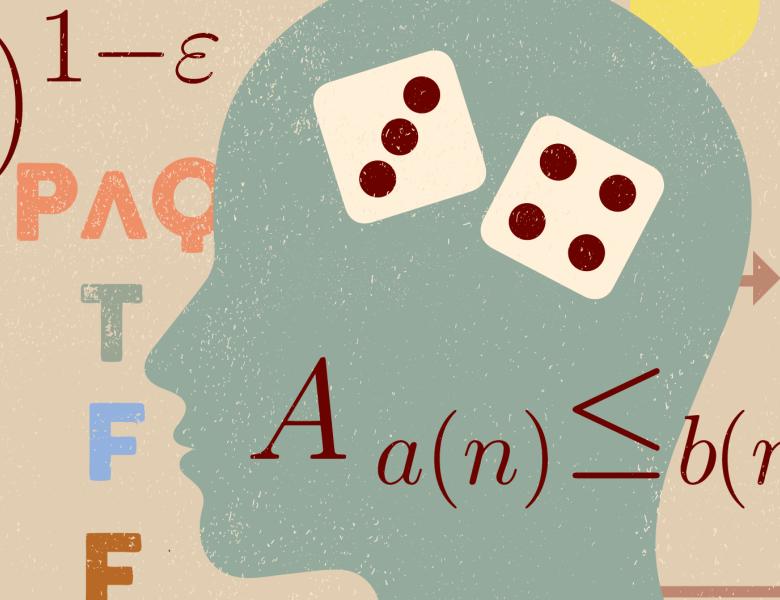
Abstract
Mixture models are traditionally represented and learned by adding several distributions as components. Allowing mixtures to subtract probability mass or densitycan drastically reduce the number of components needed to model complex distributions. However, learning such subtractive mixtures while ensuring they still encode a non-negative function is challenging. We investigate how to learn and perform inference on deep subtractive mixtures by squaring them. We do this in the framework of probabilistic circuits, which enables us to represent tensorized mixtures and generalize several other subtractive models such as positive semi-definite kernel models and Born machines. We theoretically prove that the class of squared circuits allowing subtractions can be exponentially more expressive than traditional additive mixtures. We empirically show this increased expressiveness on a series of real-world distribution estimation tasks and discuss which inference scenarios are tractable with this new class of circuits.


